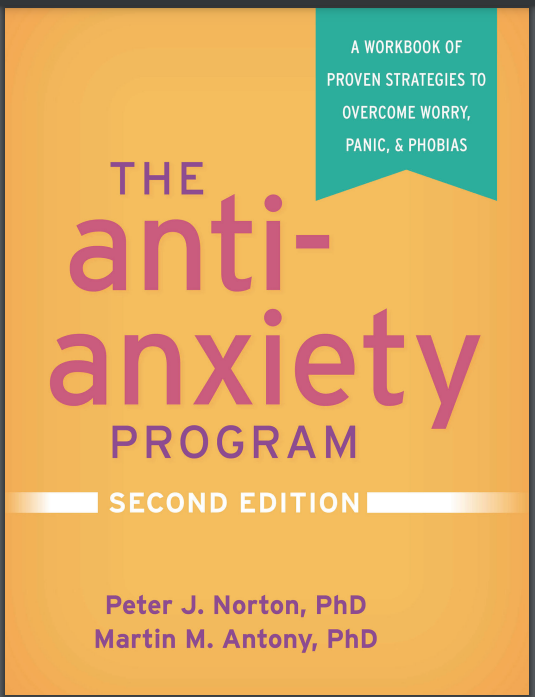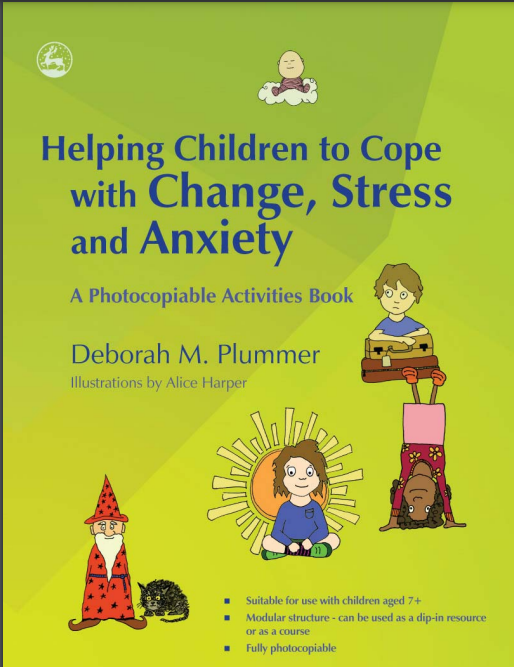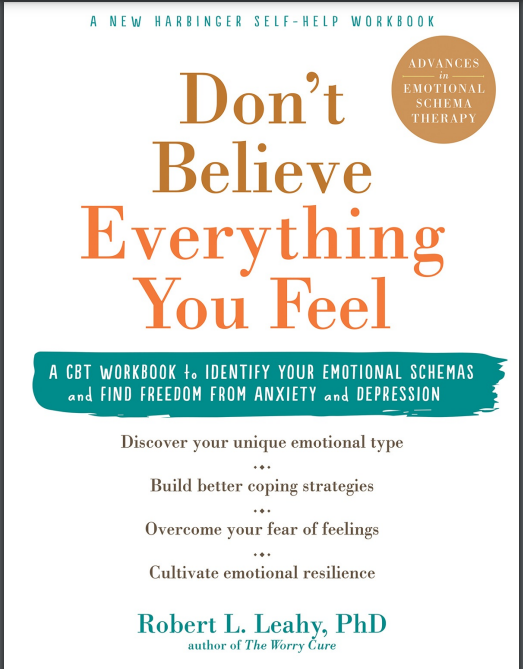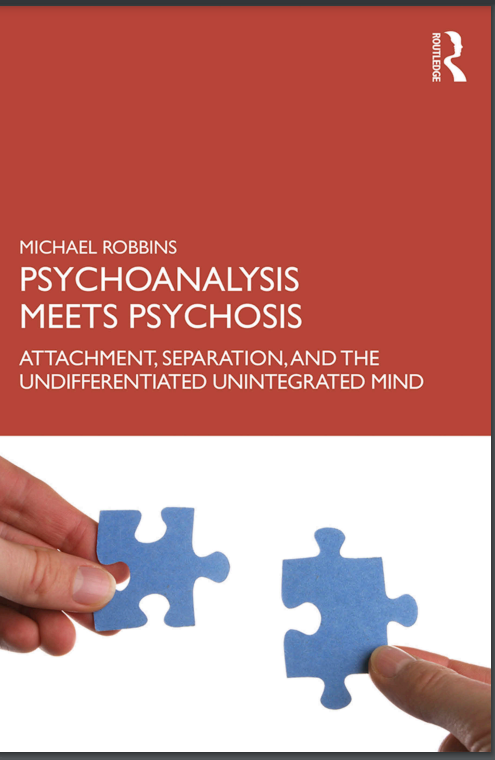

Architecture From the Outside by Elizabeth Grosz and Peter Eisenman
Reviews
No review yet. Be the first to review this book!
Description
Architecture From the Outside: Essays on Virtual and Real Space by Elizabeth Grosz and Peter Eisenman In Architecture From the Outside: Essays on Virtual and Real Space, Elizabeth Grosz and Peter Eisenman engage in a critical exploration of the relationship between space, architecture, and the human experience. Through a series of essays, the authors examine the philosophical, cultural, and theoretical dimensions of space, contrasting the tangible, physical world of architecture with the more abstract and conceptual spaces that exist in virtual and imaginative realms. Grosz, drawing on her expertise in feminist theory and philosophy, addresses how space, both real and virtual, influences our bodies, identities, and interactions. She challenges traditional notions of architecture as merely functional or aesthetic, arguing that architecture is deeply intertwined with the experiences, desires, and movements of those who inhabit it. She also delves into the role of space in shaping the boundaries of the body and subjectivity, discussing how both real and virtual spaces can disrupt or reinforce societal norms. Peter Eisenman, known for his work as an architect and theorist, brings a more practical and design-focused perspective to the discussion, exploring how architectural forms and structures can engage with abstract concepts and challenge conventional understandings of space. He examines how the virtual, in particular, can push the boundaries of what architecture can be, allowing for new forms of expression and interaction that exist beyond the constraints of physical reality. Together, Grosz and Eisenman offer a multi-layered analysis of space that questions the ways in which architecture interacts with both the physical world and the virtual realms of thought and imagination. Architecture From the Outside highlights the evolving nature of space in the digital age, proposing that our understanding of architecture must expand to account for the complexities of both tangible and virtual environments.





















.jpg)
.png)
.jpg)



.jpeg)








.jpg)











.jpeg)




.jpeg)











.jpg)

.jpeg)



.jpg)

.jpeg)




.jpg)











.jpg)
.jpg)














































